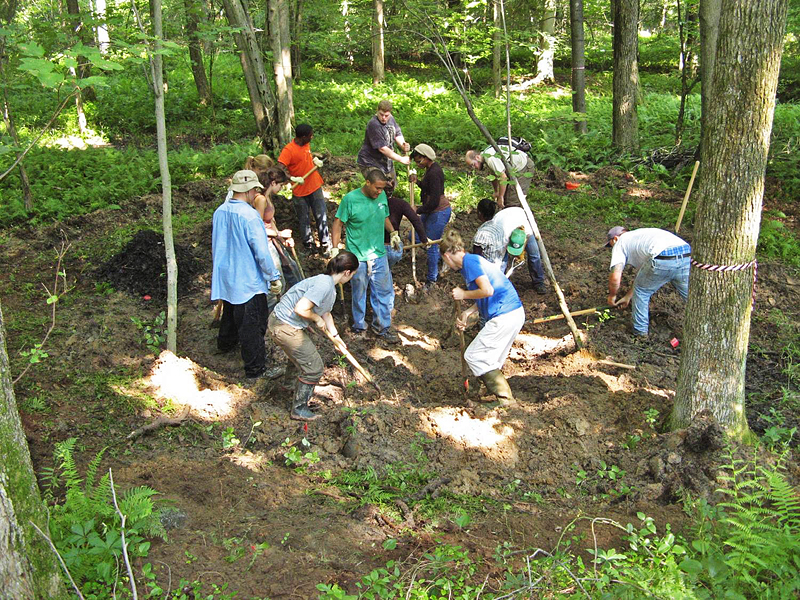Management
Only a few years ago, amphibians were rarely considered in the development and implementation of management plans. But now, it's not uncommon to see amphibian populations as the primary targets of management activities.
ARMI scientists conduct research on the impacts of various traditional management actions on amphibians, and have worked with partners to develop and test novel management options specifically to benefit amphibians.
Important decisions are made every day on management and policy that affect multiple wildlife species. ARMI works with its partners in Federal and State agencies to develop processes for structuring their natural resource decisions to achieve their conservation objectives related to amphibians.
Management - ARMI Papers & Reports
Papers & Reports Evolution of research on global amphibian declines
Papers & Reports Comments on: “Rewilding a vanishing taxon–Restoring aquatic ecosystems using amphibians”. Stark and Schwarz 2024. Biological Conservation 292, 110559
Papers & Reports Bayesian networks facilitate updating of species distribution and habitat suitability models
View All Data Releases on Management
* PDF documents require Adobe Reader or Google Chrome Browser for viewing.



